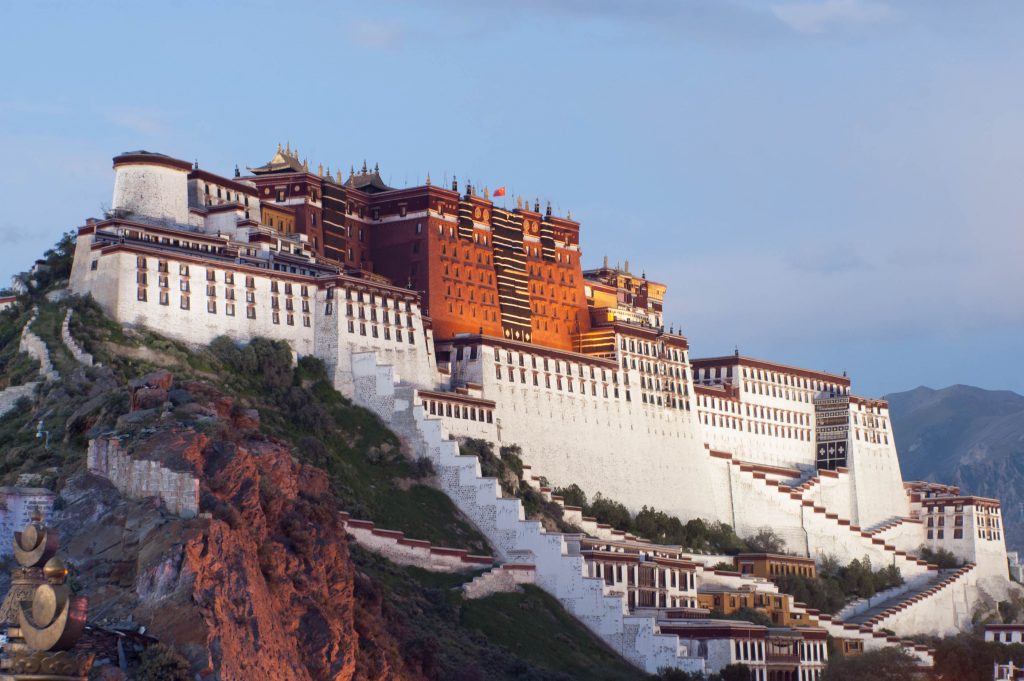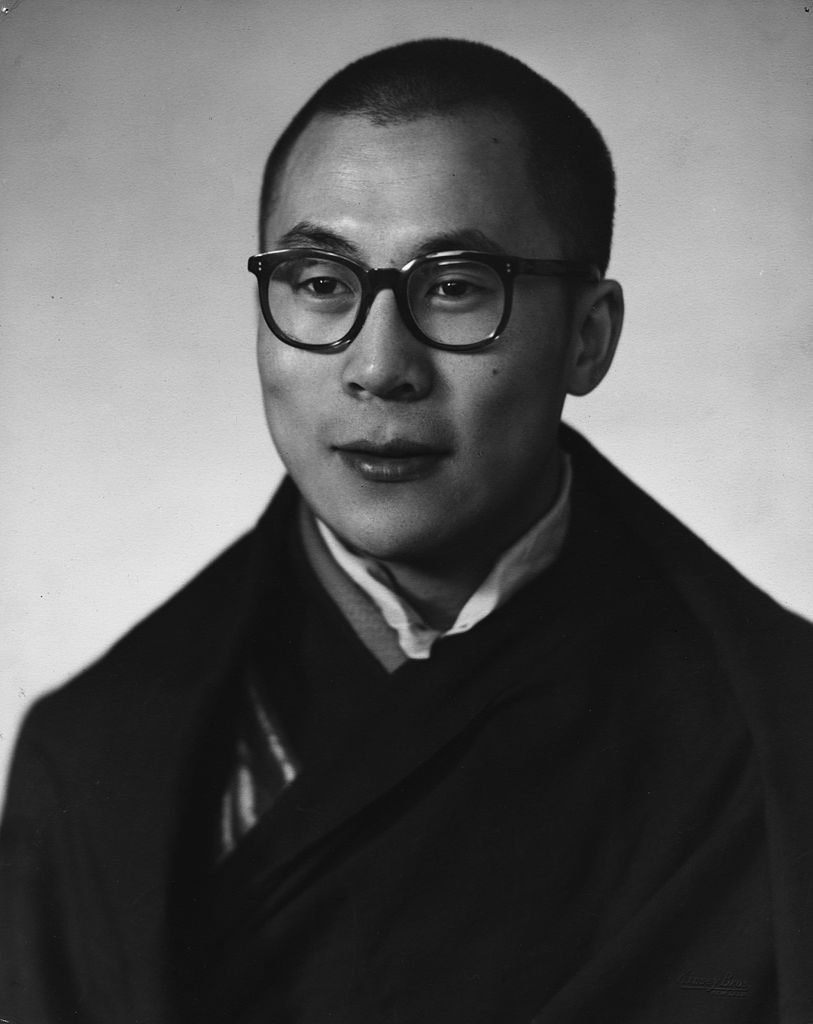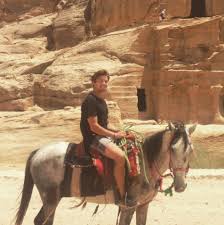China Issues ‘White Paper’ on Successful Democratic Reform in Tibet, While Dalai Lama Still Exiled
A White Paper released last week by the Chinese government painted a rosy picture on the government’s oppressive treatment of Tibetans and the Dalai Lama.
The Chinese government released a White Paper last Wednesday praising their progress of “democratic reform” in Tibet, despite international condemnation of China’s oppressive treatment of Tibet. The paper titled “Democratic Reform in Tibet — Sixty Years On” comes on the 60th anniversary of the Chinese government’s crushing of an independence uprising in Tibet in March of 1959; thus, forcing the 23-year-old Dalai Lama to escape to India.
“By abolishing serfdom, a grim and backward feudal system, Tibet was able to establish a new social system that liberated the people and made them the masters of the nation and society, thus ensuring their rights in all matters,” the paper said.
Besides a preamble and a conclusion, China Daily reported the white paper consisted of ten sections, “Feudal Serfdom: A Dark History,” “Irresistible Historical Trend,” “Abolishing Feudal Serfdom,” “The People Have Become Masters of Their Own Affairs,” “Liberating and Developing the Productive Forces,” “Promoting a Range of Undertakings,” “Enhancing Ecological Progress,” “Protecting the Freedom of Religious Belief,” “Strengthening Ethnic Equality and Unity,” and “Development of Tibet in the New Era.”
What Caused the Tibet-China Rift?

The Potala Palace (Tibetan: ཕོ་བྲང་པོ་ཏ་ལ་, Wylie: pho brang Potala) in Lhasa, Tibet Autonomous Region, China was the residence of the Dalai Lama until the 14th Dalai Lama fled to India during the 1959 Chinese invasion. It is now a museum and World Heritage Site. (Photo by Pixabay)
Tibet is a predominantly Buddhist region in Western China and known as “the roof of the world,” as it is the highest region on Earth. The sect of Buddhism Tibetans follow has historically viewed the Dalai Lama as their chief spiritual leader, a reincarnation of past Dalai Lamas. But in 1950, the Chinese military invaded the autonomous territory, claiming to hold a centuries-old right to sovereignty over the region.
Tibetans, who viewed the Dalai Lama as their rightful leader, rather than China’s Communist dictator Mao Zedong, revolted in 1959. The ensuing Chinese crackdown is estimated to have caused tens of thousands of deaths, forcing the then 23-year-old 14th Dalai Lama to exile in India.
Thousands have been killed, tortured and arbitrarily arrested in the decades since, and most of the region’s religious monasteries were destroyed in the Chinese Cultural Revolution of the 1960s and 1970s. To homogenize the Tibetan population, the Chinese government encouraged the Han ethnic group to migrate into Tibet with financial incentives.

Dalai Lama in 1956 in New Delhi (Photo by Kinsey Brothers)
China Tightens Grip on Tibetan Culture
The Dalai Lama is a proponent of Tibetan autonomy under Chinese sovereignty, and he has held intermittent communications with the Chinese government since his exile. International awareness campaigns helped to improve Tibet’s situation somewhat during the 1980s, but recent reports indicate China has tightened its authoritarian grip on the territory.
In 2018, the United Nations Human Rights Council (HRC) said conditions were “fast deteriorating” in Tibet, and considered it one of the most oppressive regions in the world. Since 2009, the International Campaign for Tibet (ICT) has recorded 155 self-immolations in protest of Chinese oppression. Journalists, foreign diplomats and Tibetans are facing heightened restrictions on travel, making it more difficult to report on the actual situation.
In oppressing Tibetan culture, the Chinese government has even gone so far as to claim jurisdiction on the process of reincarnation. The Panchen Lama, the second most important spiritual leader in Tibetan Buddhism, is supposed to be chosen by a committee of Tibetan monks after the previous holder of the position dies. After the death of the 10th Panchen Lama in 1989, the Dalai Lama announced his selection of a newborn boy named Gedhun Choekyi Nyima as the rightful reincarnation and heir to the position. But the Communist party, fearful of separatist leadership, took the six-year-old boy away in 1995 and replaced him with their own choice. The six-year-old boy has never been seen again.
On April 25, 2018, the Panchen Lama’s 29th birthday, U.S. State Department Spokesperson Heather Nauert delivered a statement to the Chinese government:
“On April 25, we marked the birthday of the 11th Panchen Lama, Gedhun Choekyi Nyima, who has not appeared in public since he was reportedly abducted two decades ago by the Chinese government at age six. The United States remains concerned that Chinese authorities continue to take steps to eliminate the religious, linguistic, and cultural identity of Tibetans, including their ongoing destruction of communities of worship, such as the Larung Gar and Yachen Gar monasteries. We call on China to release Gedhun Choekyi Nyima immediately and to uphold its international commitments to promote religious freedom for all persons.”
In an interview on March 18, 2019, the 83-year-old Dalai Lama stated his successor may come from India, and the Chinese-appointed alternative would not be respected by the people. The Chinese government, which still prohibits his picture from being displayed publicly, quickly responded by saying the central government has the right to choose his successor.
China’s Authoritarian Arm Spreads

Free Tibet protest at the UN in March 2011. Born on 1989-4-24, Tibetan Panchen Lama Gedhun Choekyi Nyima is the youngest political prisoner in the world. (Photo: Students For a Free Tibet)
China’s growing economic influence has dimmed activism for Tibet in recent years, with numerous countries fearing reprisal in Beijing if they speak out against the oppression of the Tibetan people. Last year, India prohibited the annual Tibetan rally to improve relations with China, and a West End theater allegedly suspended a play about Tibet in London at the behest of the U.K. council. Actor Richard Gere, an outspoken activist for Tibet and a friend of the Dalai Lama, says he has been kept out of productions because of his activism: “I recently had an episode where someone said they could not finance a film with me because it would upset the Chinese.”
China is more recently erasing the cultural identity of the Uyghur Muslims in Western Xinjiang province, in what experts deem an ethnic cleansing. Estimates put the number of Uyghurs in detention at over a million, where the Muslim group is subject to militarized surveillance, reeducation and torture. According to Human Rights Watch:
“Those detained have been denied due process rights and suffered torture and other ill-treatment … The human rights violations in Xinjiang today are of a scope and scale not seen in China since the 1966-76 Cultural Revolution.”
Western Response
Tensions from the trade war helped the U.S. Congress pass the Tibet Reciprocal Act in December, denying entry into the U.S. to Chinese officials deemed responsible for restricting travel to Tibet. With international awareness of China’s detention camps and surveillance of the Uyghur Muslims growing, it is imperative for Western democracies to unify in pressuring China to abandon its humanitarian abuses.
China’s Belt and Road Initiative and potentially Google-aided search engine will legitimize the country’s increasing totalitarianism unless the international community recognizes the consequences of enabling the world’s biggest economy to be ruled by an iron fist.
Yet despite the grim circumstances, the Dalai Lama recently spoke of his hope for the future:
“China – great nation, ancient nation – but its political system is totalitarian system, no freedom. So, therefore, I prefer to remain here, in this country. Our strength, our power is based on truth. Chinese power based on gun. So for short term, gun is much more decisive, but long term truth is more powerful.”
















China is no more a Democracy than is the USA. They are both Totalitarian Oligarchys.
China treats Tibet in the same brutal manner as the USA treats Venezuela.
As long as money and greed exists we will have these travesties.
China used to call itself communist, but that was a lie. Because in a truly communist country, where the people own everything
and the government and people support each other. No money is needed.
After all money is a weapon of oppression.